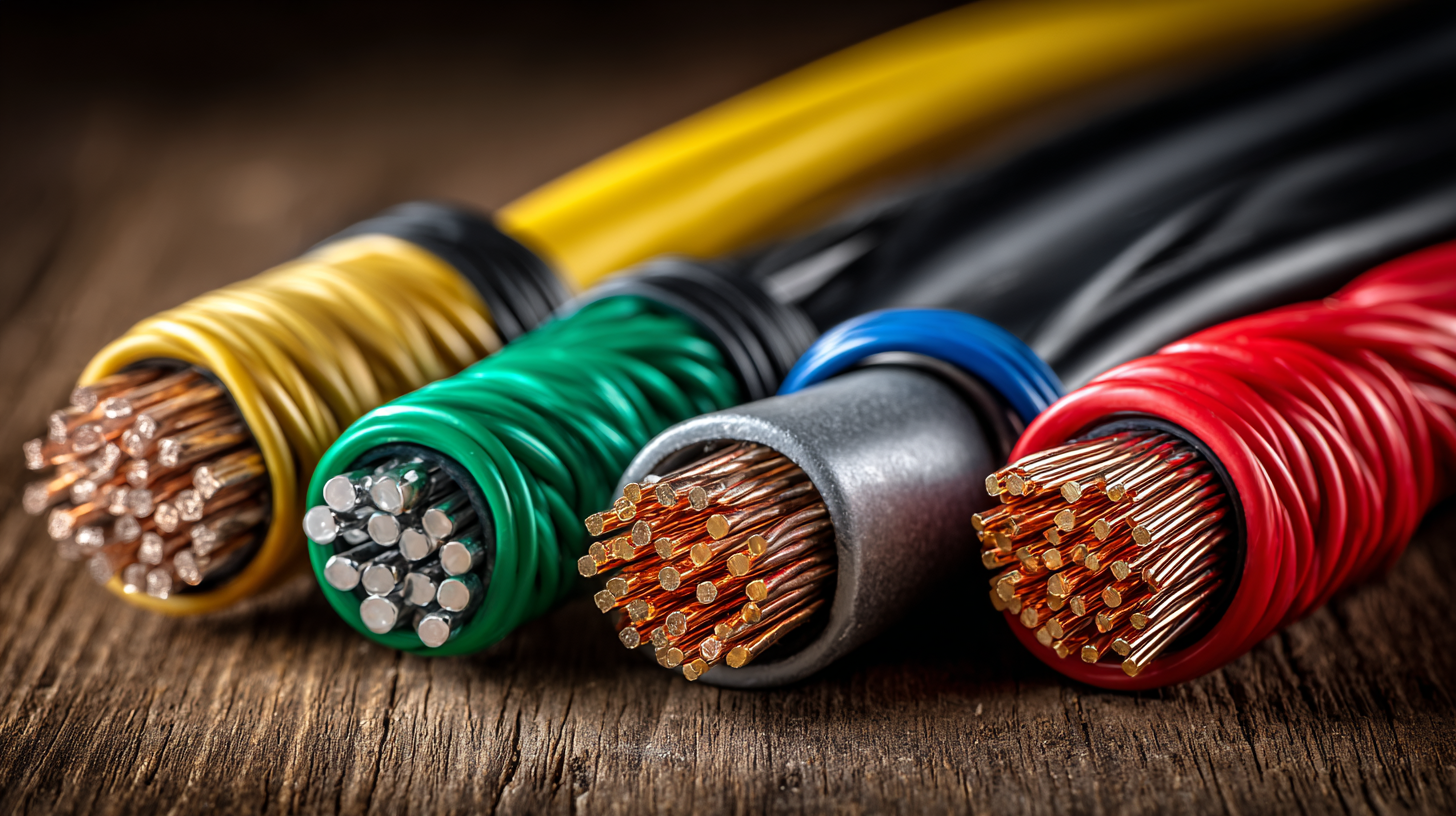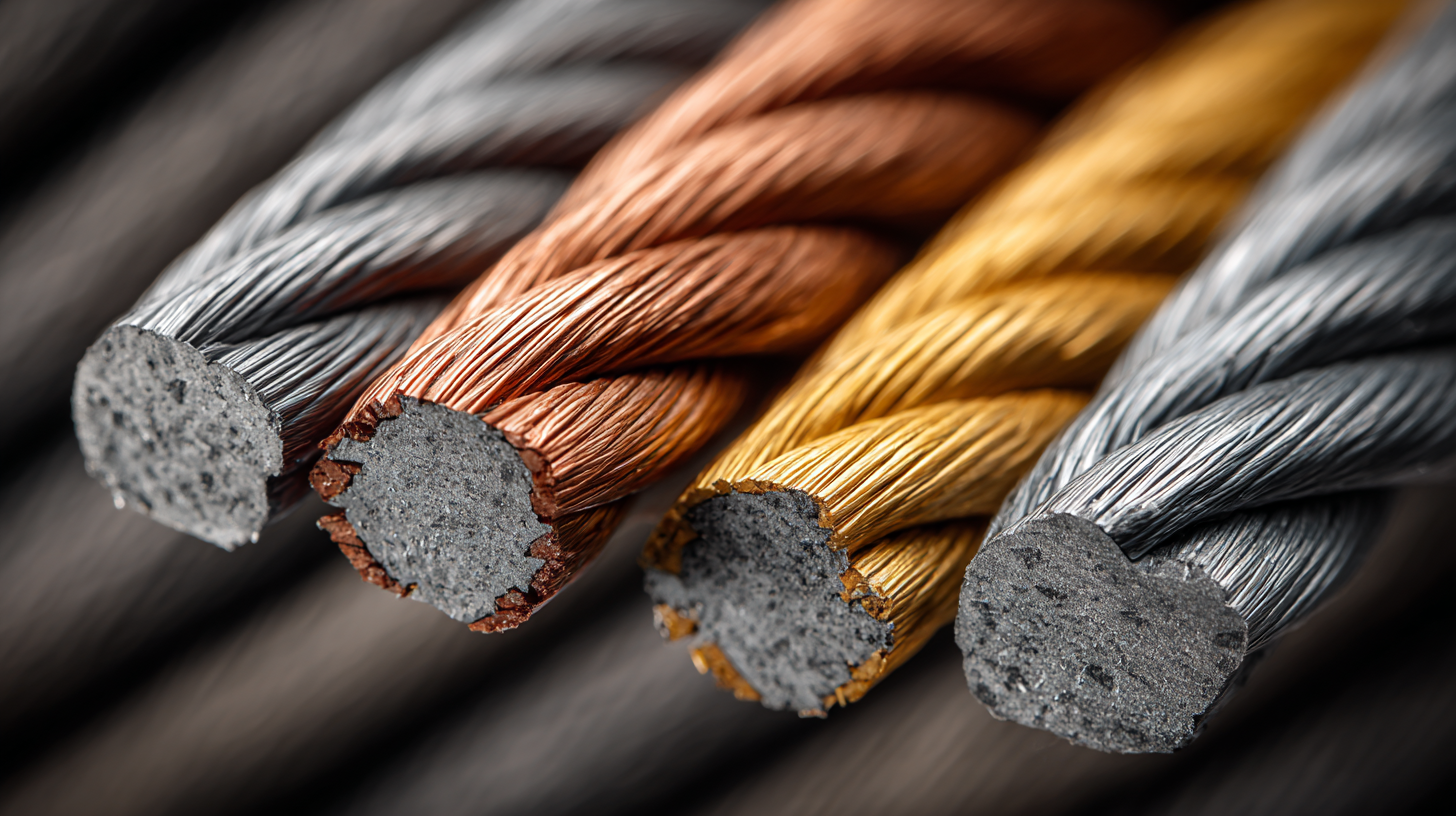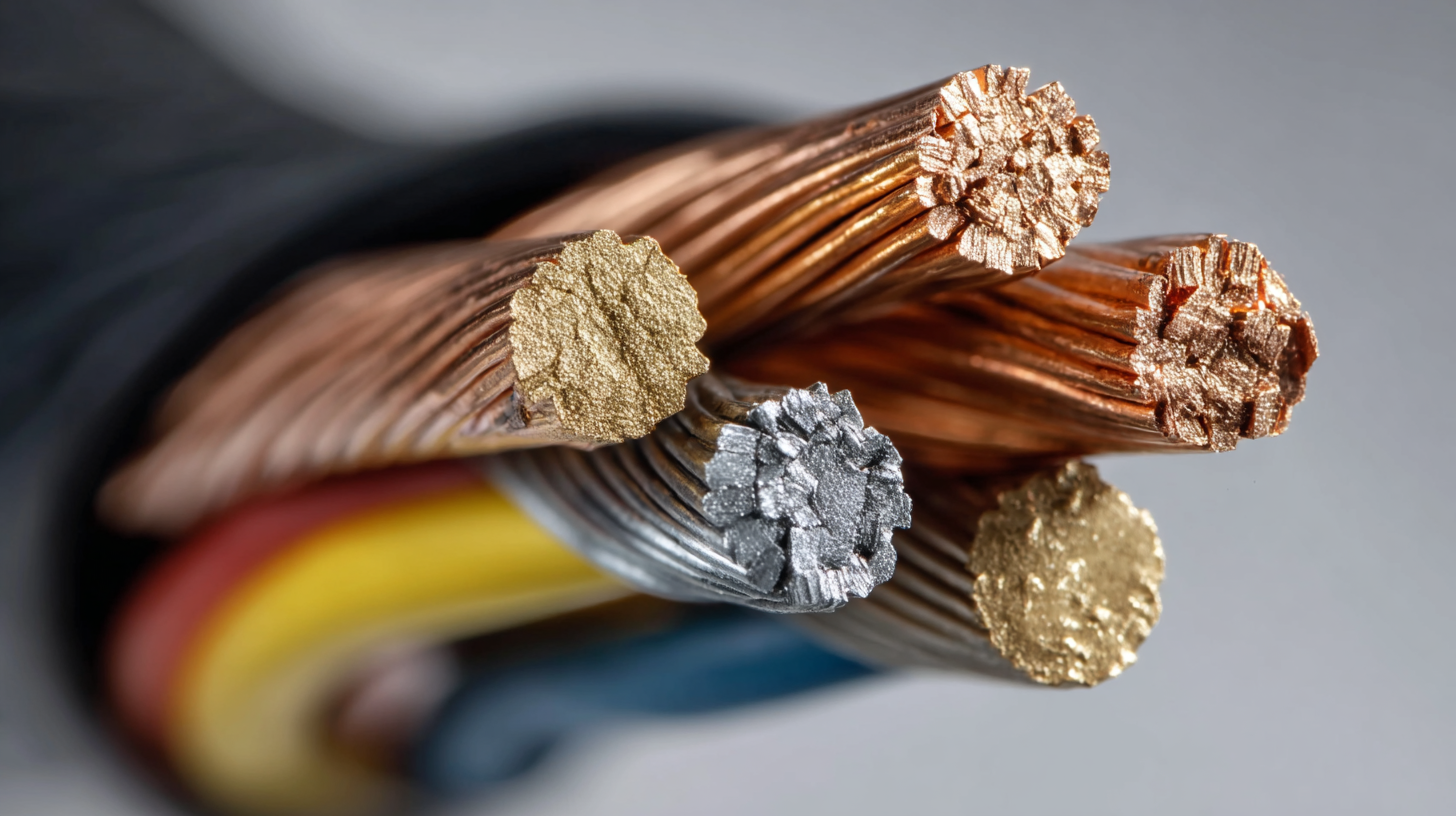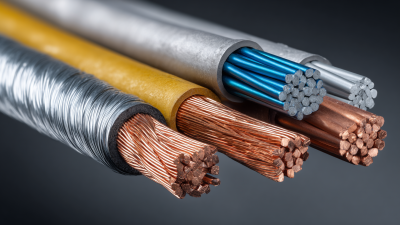When it comes to ensuring safety and efficiency in our homes, the selection of the right electrical cable is paramount. Electrical cables serve as the lifeline for power distribution throughout our living spaces, influencing both the functionality of our devices and overall energy consumption. Understanding the various types of electrical cables, their specifications, and their appropriate applications is crucial for preventing hazards such as shorts and fires, as well as for optimizing energy efficiency.

As we delve into the complexities surrounding electrical cable selection, we will explore the key factors that homeowners need to consider, ranging from wire gauge to insulation types, and emphasize the significant role that informed choices play in enhancing home safety and operational effectiveness. Through this exploration, we aim to empower homeowners with knowledge, enabling them to make best practices in electrical cable selection that contribute to a safer and more efficient home environment.
The significance of proper electrical cable selection in residential settings cannot be overstated. Electrical cables are the lifelines of modern homes, facilitating everything from lighting to essential appliances. According to a study by the National Fire Protection Association, electrical failures are among the leading causes of residential fires, accounting for nearly 13% of all home fire incidents. Therefore, choosing the right type of cable not only fosters efficiency but substantially enhances home safety.
When selecting electrical cables, consider the amperage ratings and the specific requirements of your household appliances. For example, a standard kitchen appliance might require a 14-gauge wire, while heavy machinery such as electric dryers could necessitate a thicker 10-gauge wire. Miscalculating these needs can lead to overheating and potential fire hazards.
**Tips:** Always consult the National Electrical Code (NEC) guidelines to ensure compliance with safety standards. It’s essential to use cables with appropriate insulation ratings for your environment, especially in areas prone to moisture, like kitchens and bathrooms. Additionally, investing in quality cables from reputable manufacturers assures you of durability and reliability, ultimately serving your home for years to come.
This chart illustrates the safety ratings of different types of electrical cables commonly used in residential settings. The safety rating is crucial for ensuring the safety and efficiency of electrical installations at home.
When selecting electrical cables for home use, several key factors play a significant role in ensuring both safety and efficiency. The National Fire Protection Association (NFPA) reports that improper electrical installations are a leading cause of residential fires, making the choice of cable crucial. One primary consideration is the cable's ampacity, which refers to its maximum current-carrying capacity. For example, using a cable with a lower ampacity than required can lead to overheating and potential fire hazards. According to the 2021 National Electrical Code (NEC), it is essential to match the cable size to the expected load to minimize risks.
Another critical factor is the insulation type of the cable, which affects its ability to withstand environmental conditions such as moisture and temperature fluctuations. The National Electrical Manufacturers Association (NEMA) notes that cables rated for wet locations, like THHN/THWN wire, provide greater safety in areas prone to moisture. Furthermore, the voltage rating of the cable must align with the system it supports; using a cable with an inadequate voltage rating can lead to insulation breakdown and equipment failure. With electricity being a significant contributor to home utility expenses, making informed choices about electrical cables can enhance energy efficiency and lower overall costs, aligning with findings from the U.S. Department of Energy, which highlight that investing in the right materials can save homeowners up to 30% on energy bills.
| Cable Type | Wire Gauge | Maximum Load (Amps) | Application | Insulation Type |
|---|---|---|---|---|
| Non-Metallic (NM) | 14 AWG | 15 | Indoor Residential Wiring | PVC |
| Romex | 12 AWG | 20 | General Purpose Wiring | Thermoplastic |
| THHN/THWN | 10 AWG | 30 | Indoor/Outdoor | Nylon |
| Underground Feeder (UF) | 14 AWG | 15 | Direct Burial | PVC |
| Service Entrance (SE) | 6 AWG | 60 | Main Electrical Supply | Thermoset |
When considering electrical cable selection for home applications, it is crucial to understand the common types available and their specific uses. Among these, low-voltage cables play an essential role, particularly in residential settings. According to industry reports, the global low-voltage cable market size was valued at approximately $9.39 billion in 2018 and is projected to reach $23.57 billion by 2032, reflecting a compound annual growth rate (CAGR) of 6.91%. This growth indicates a rising demand for reliable and efficient electrical systems, which directly ties into safety and functionality for homeowners.
Furthermore, with the increasing popularity of electric vehicles, the market for EV charging cables is also gaining traction. These cables are vital for residential, commercial, and public charging networks, facilitating the transition to electric mobility. The EV charging cable market encompasses various types of cables engineered to ensure safe and efficient energy transfer, responding to the growing need for sustainable and convenient charging solutions in homes. As these trends evolve, homeowners must stay informed about cable selection to enhance safety and ensure optimal efficiency in their electrical systems.

When it comes to home safety, the selection and installation of electrical cables play a critical role. Inadequate cable choice can lead to severe safety risks, including electrical fires and system failures. According to the National Fire Protection Association (NFPA), electrical malfunctions account for nearly 13% of all residential structure fires, with improper wiring design and installation being significant contributors. Selecting cables that are not rated for the load they will carry can result in overheating, leading to insulation breakdown and potential ignition sources.

Moreover, the installation of substandard or outdated cables exacerbates these risks. The Institute of Electrical and Electronics Engineers (IEEE) emphasizes that using cables that comply with the National Electrical Code (NEC) is essential for reducing hazards. It's important for homeowners to understand that investing in the right cable type not only enhances safety but also improves energy efficiency. According to a report by the International Energy Agency (IEA), a well-installed and adequately rated electrical system can prevent energy losses of up to 30%, illustrating that the implications of cable selection extend beyond safety to overall household efficiency.
When it comes to ensuring home safety and efficiency, the selection of electrical cables plays a crucial role. Evaluating the right type of cable involves considering several factors, including the cable's material, gauge, and insulation type. Copper cables are often preferred for their excellent conductivity, while the gauge affects the current-carrying capacity. The thicker the cable, the more electricity it can handle safely.
Tips: Always check the local electrical codes and standards before making a selection, as they ensure compliance and safety. Additionally, consider the intended use of the cables—indoor, outdoor, or specific appliance requirements—as this will influence the insulation type and durability needed.
Another essential aspect is the length of the cable run. Longer distances can lead to voltage drops, impacting efficiency. Choosing cables with a heavier gauge can mitigate this issue. Moreover, investing in high-quality cables can prevent overheating and electrical fires, further enhancing home safety. Make a thorough assessment of your electrical needs and consult with a professional when in doubt to ensure optimal performance and peace of mind.






